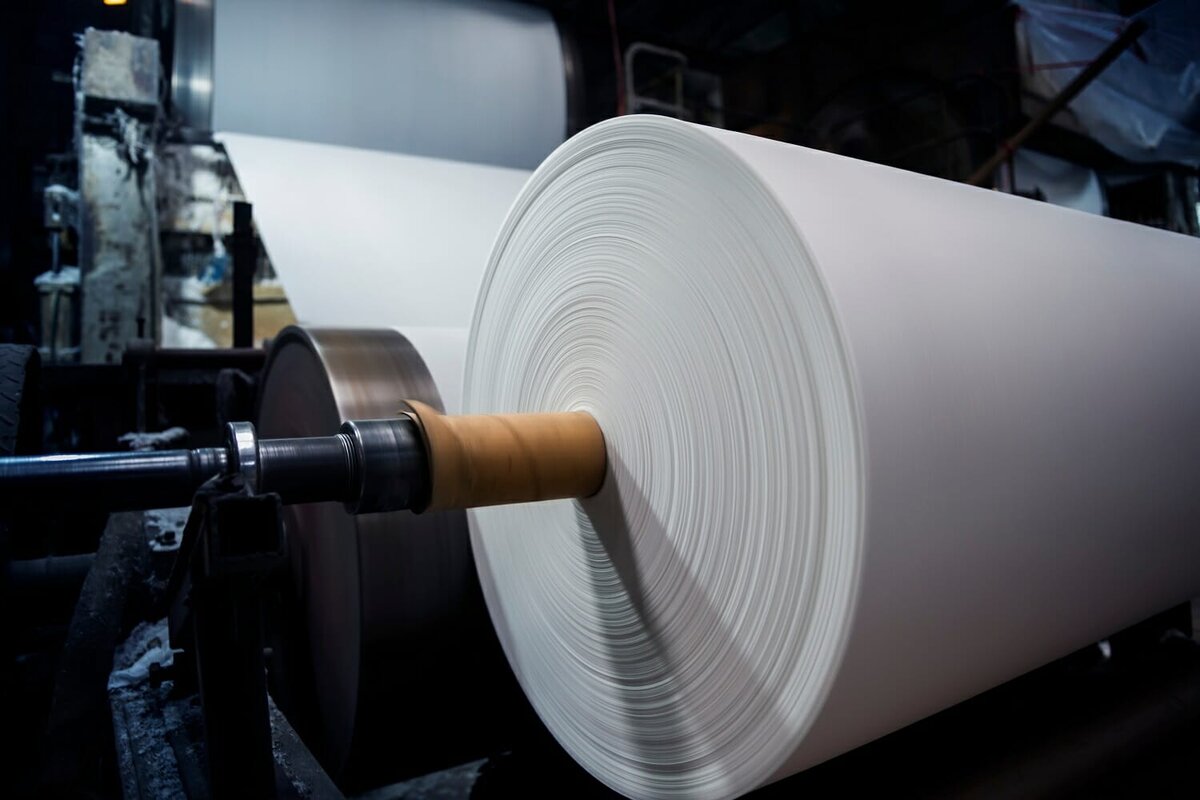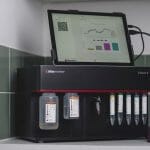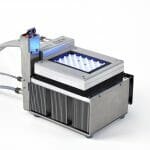~ How can pulp and paper mills make energy savings? ~
Sweden is the world’s second largest exporter of pulp, paper and sawn wood products combined. Nearly 90 per cent of its pulp and paper production is exported. Provided that forests are managed in a sustainable manner, the raw material is renewable and recyclable. However, there’s more to creating sustainable, low carbon, energy efficient operations. Here, Anders Nazell, managing director at WEG Scandinavia AB, explains how we can contribute to an even greener future for the Swedish pulp and paper industry, by making small equipment upgrades.
The European pulp and paper industry consists of approximately 800 companies producing pulp, paper and board. However, these companies are not manufacturing islands, this industry involves many sectors such as forestry, agriculture, chemicals, biology, distribution, and transportation. This interlinked nature makes the industry vulnerable to global supply chain disruption — as we’ve witnessed during the COVID-19 pandemic.
Despite these challenges, the pandemic has ushered in an increased demand for a variety of paper products such as personal hygiene paper products, food packaging products and medical specialty papers. In response, some traditional pulp and paper manufacturing operations have transformed and integrated new operations, while becoming leaner and more competitive than ever before.
Of the 1,100 European mills — ranging from small and medium sized companies to large multi-national corporations — a relatively small number of new mills account for most of the overall production. So, what can we learn from these efficient new pulp and paper operations and how can they contribute to Sweden’s aim of cutting CO2 emissions by 25 per cent by 2025?
Energy saving opportunities
Performance and continuous productivity are particularly important for the pulp and paper industry. Productive mills are focused on the reduction of energy consumption, conservation of environmental resources and replacing old, poor performing legacy equipment with more efficient upgrades. Calculating specific energy consumption in pulp and paper production must take into account several factors, including plant size, product mix, processes used, the technical age of the mill, feedstock quality, plant capacity utilisation and climate conditions.
A popular area for energy efficiency improvement is the boilers, which represent the largest use of fuels in the facility. Similarly, the drying process of paper production is very energy-intensive, so this is also a good area of focus. Further opportunities to improve energy efficiency include: heat recovery, improved efficiency of steam use, cogeneration, increased use of self-generated biomass fuel, increased recycling of recovered paper and energy efficient motors.
For example, heat recovery from warm water can be profitable if pulp and paper mills integrate their operations. In these instances, heat recovery at a pulp mill can save steam for use in the paper mill. Modern pulp and paper mills, especially in Europe, are increasingly switching from shell-and-tube heat exchangers to wide-gap plate heat exchangers because of their ability to recover heat. In addition, pulp and paper mills generate energy-rich biomass waste at all stages of their processes. Using this waste as an alternative to fossil fuels is less costly and has the potential for higher efficiency.
Energy savings and reduced motor maintenance expenses
Reducing energy wastage not only offers environmental and cost saving benefits, but also allows businesses to commit more resources to meet changing demands. WEG is well versed in producing energy efficient products, having manufactured off-the-shelf motors to IE4 efficiency standard even before the first EU Ecodesign standards became mandatory in 2017.
That’s not all, WEG is taking it one step further and is setting a new sustainability standard. Having long operated to the principles of the Nation’s Sustainable Development Goals (SDG), having attained ISO14001 Environmental Management and ISO50001:2011 Energy Management Systems, WEG is continuing to improve its green manufacturing processes. For example, WEG’s processes are almost entirely carbon neutral and the company has planted over 72 million m² of forest to offset its carbon footprint. Furthermore, WEG’s energy efficiency program exists to reduce electricity consumption at its plants.
WEG’s W22 IE4 standard motors offer 97 per cent efficiency depending on size. These machines satisfy an attractive balance between high efficiency, range, availability and value. When you look at the total cost of ownership (TCO) for one of the machines over its lifetime, the cost of acquisition typically represents only three per cent of the total cost of ownership of an electric motor. The real cost saving opportunity is reducing how much money it takes to run and maintain the motor.
In addition, WEG’s W22 WELL (WEG Extra Long Life) motor is specially designed to maximise the reliability and productivity of equipment where continuous processing occurs. These motors are ideal for applications that require low vibration and noise levels, longer service life, and especially where reducing maintenance interventions are essential. This is particularly important in reducing unnecessary production halts, that would not only affect processes such as drying, but the entire production line.
Variable speed drives (VSDs)
Another equipment upgrade which can increase energy efficiency is investing in a VSD. VSDs adjust the speed of an electric motor, based on the application requirements. Without this control, the system simply brakes when less force is required, expelling the wasted energy as heat. Implementing a VSD instead of just using a fixed speed motor allows companies to account for varying process load and rapidly respond to changes in demand. For example, pumps or fans running at half speed consume one quarter of the energy of a unit running at full speed with a mechanical device for control.
The MVW01 medium voltage drive is designed with state-of-the art technology and a multilevel structure with high voltage IGBTs (6.5 kV), thus reducing motor harmonic currents to extremely low levels. It not only enables process speed control but also provides energy savings and reduced operating and maintenance costs.
WEG’s CFW-11M is another popular drive for high power ratings. It is available in power ratings from 400 up to 2500HP and voltages from 380 up to 690 V with input rectifier of 6 pulses, 12 pulses or regenerative. The paper industry uses different voltages to other industries and WEG can provide motors and drives as requested.
If more professionals in the pulp and paper industry opt for an IE4 motor with a VSD, the Swedish pulp and paper businesses can contribute to a greener future, while minimising maintenance costs and increasing productivity.
Whether you require products and services for wood yard, fibre line, pulp process, drying or boiler operations, WEG can help. Visit www.weg.net for further information about its energy efficient solutions.








